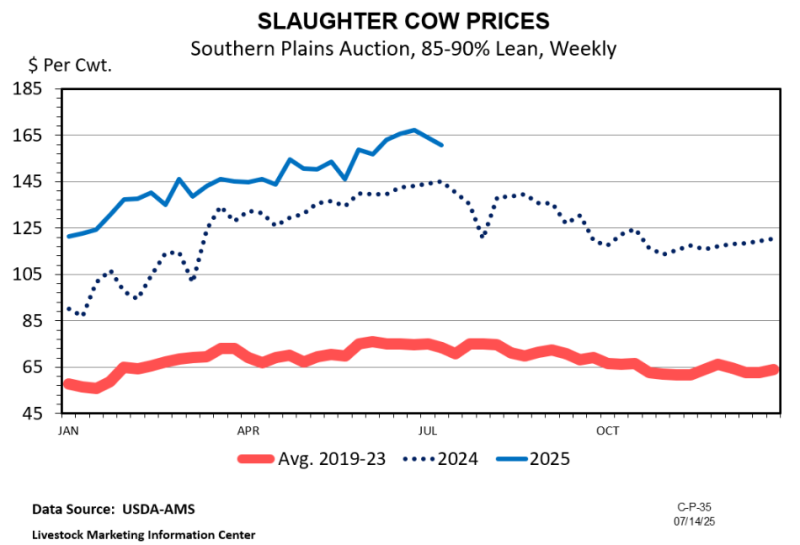
by external | Aug 8, 2025
Kenny Burdine, Livestock Economist, University of Kentucky Cattle markets have been impressive across the board in 2025, and cull cow markets have been no exception. The monthly average price for 80-85% average dress boning cows in Kentucky set a record in June and...
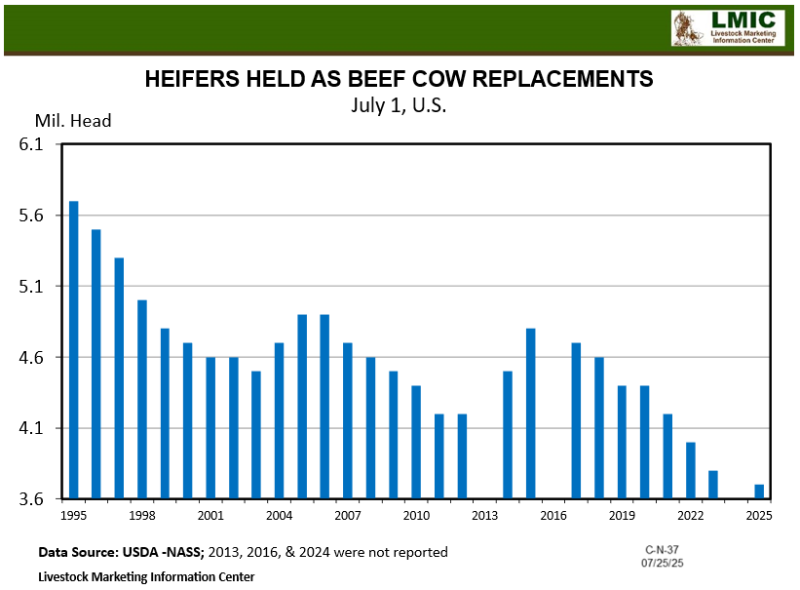
by Hannah Baker | Jul 31, 2025
Mid-Year Review: Inventory, Cattle on Feed, & Expansion Efforts On July 25th, USDA released the July Cattle Inventory Report. This report provides insight into herd numbers and expansion efforts, specifically heifer retention. USDA did not release this report...
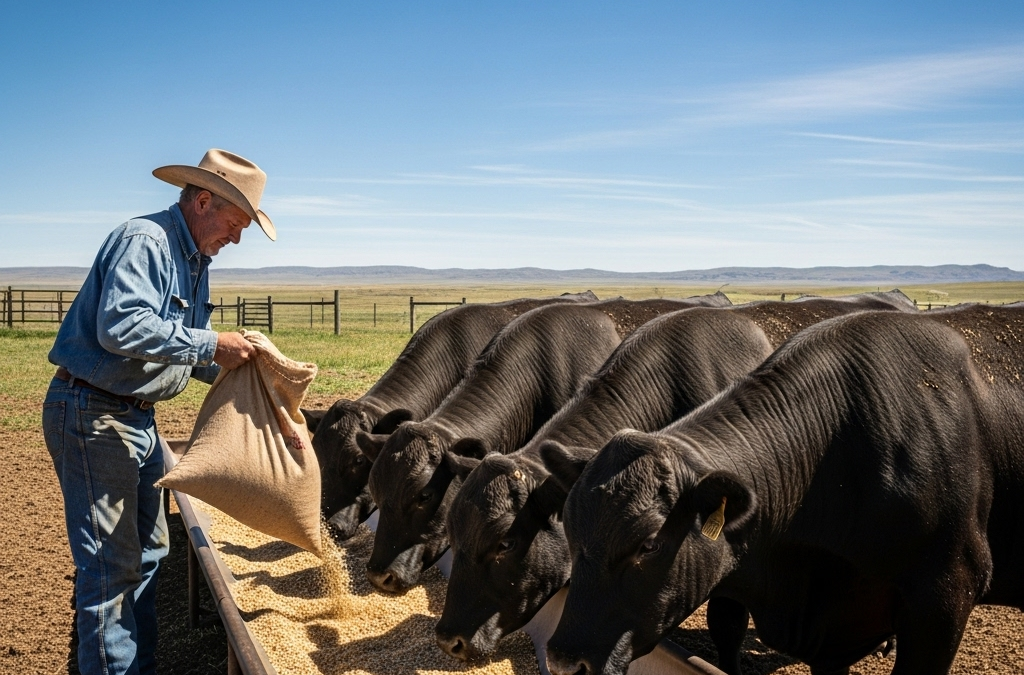
by external | Jul 31, 2025
Mark Z. Johnson, Oklahoma State University Extension Beef Cattle Breeding Specialist Cattle producers who finish their own calves or consumers who purchase a finished steer often face the question, “How much beef they will take home after the harvest and...
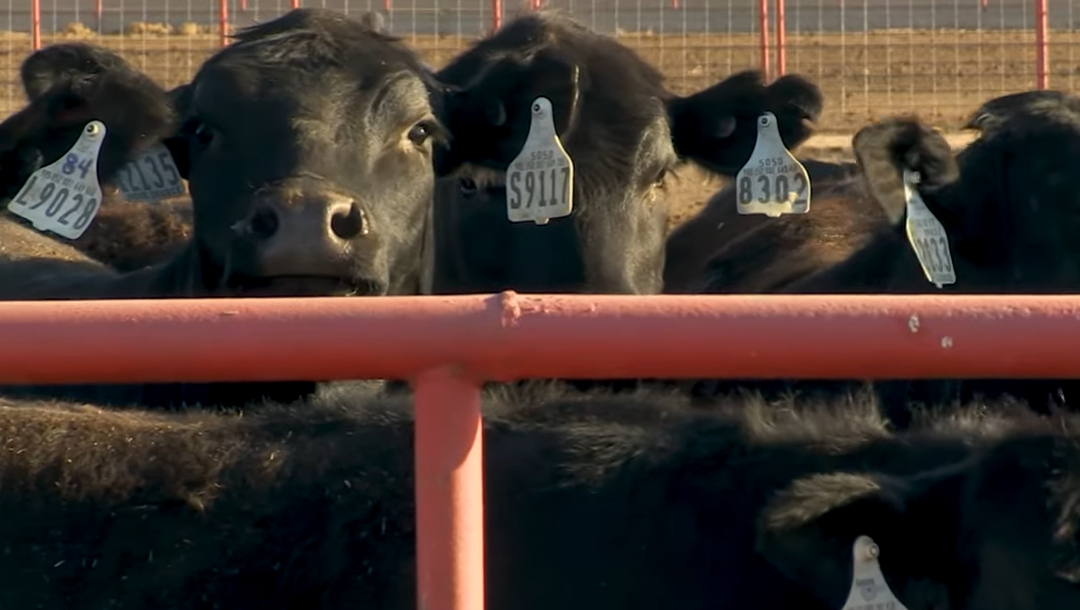
by Doug Mayo | Jul 31, 2025
This week’s featured video was published by Angus TV. The video features an interview of Dr. Patsy Houghton, who started Heartland Cattle Company, McCook Nebraska, which focuses solely on developing and breeding replacement heifers as a service for ranches...
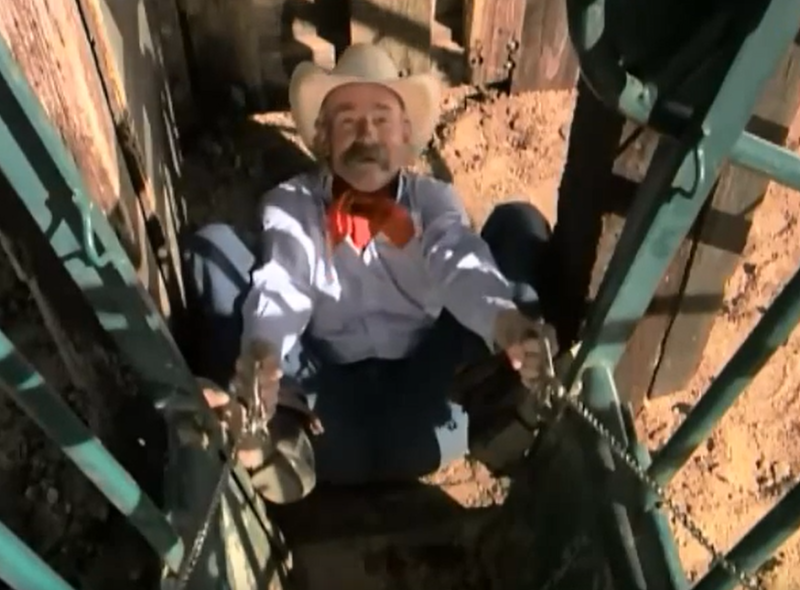
by Doug Mayo | Jul 25, 2025
This week’s featured video was published by the National Cattlemen’s Beef Association for their TV show Cattlemen to Cattlemen a decade ago, but it is still funny. Baxter passed away three years ago now, but his legacy lives on through YouTube videos. In...
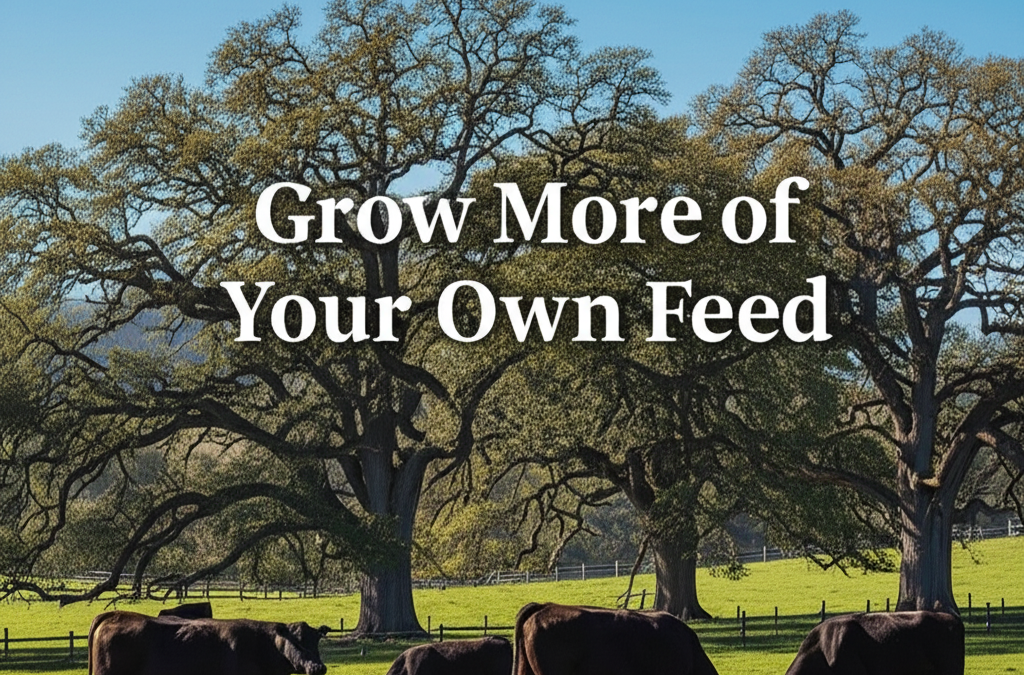
by Doug Mayo | Jul 18, 2025
Back in May, I attended the University of Florida’s 74th annual Beef Cattle Short Course, in Gainesville. The theme this year was, “RIDING THE HIGH TIDE – Decision Making in a Record Cattle Market.” There were a lot of great speakers that...







